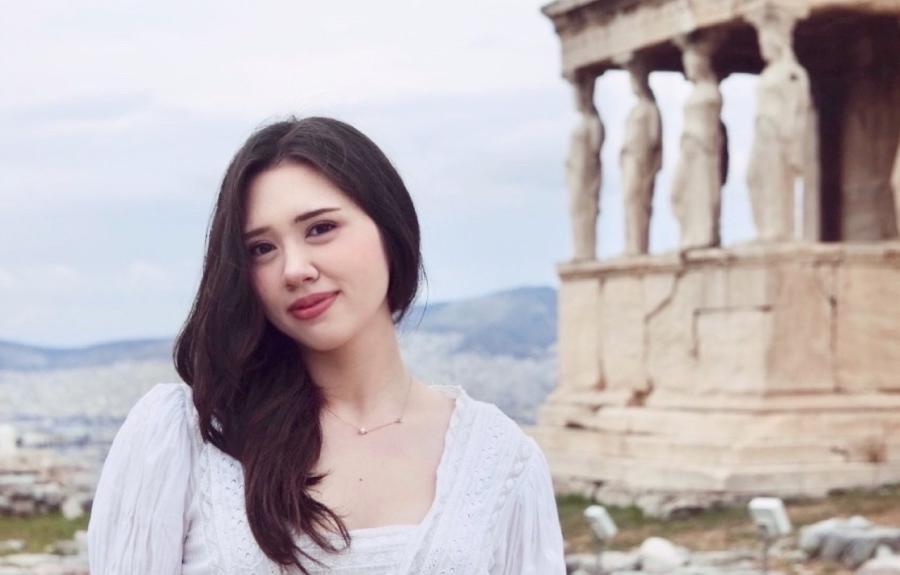
Esther Brenner '26 awarded Caplan Travel Fellowship
The prize will help fund her project that combines her academic training with her artistic practice.
Read more Department Homepage
The College of Arts & Sciences
Department Homepage
The College of Arts & Sciences
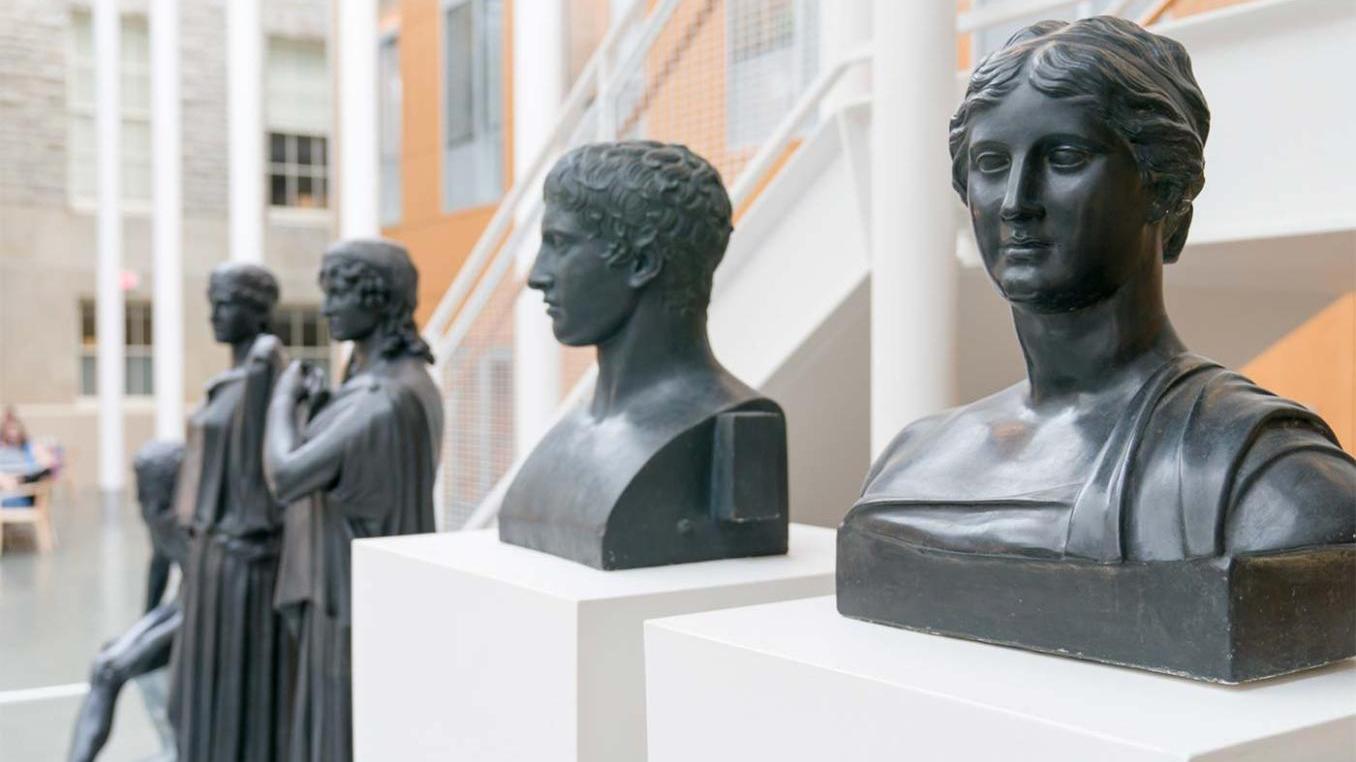
Classics is the original interdisciplinary academic field at the heart of a Liberal Arts education. We teach and research the languages (Greek, Latin), literature, history, philosophy, science, art, and material culture that survive from the worlds of ancient Greece, Rome, and Late Antiquity, as well as people’s engagement with these ideas and artifacts throughout time. Through these media we investigate these societies and their neighbors – addressing not only the well-known monuments and famous texts but also the full range of evidence for the lives of the many people of the ancient Mediterranean. Studying the complexities of the distant past from all these angles offers fresh, critical perspectives on our present world today.
The Department of Classics at Cornell lost Professor Emeritus Fred Ahl in 2025. Fred was a member of the Department for over 50 years, and renowned as an extraordinary teacher and scholar of Greek and Latin literature, of drama ancient to modern, and of much, much else. We express our sadness and condolences to Fred’s family and to his many students and friends across the world.
The Department is delighted and grateful that a Pucci Prize has been established in honor of Piero Pucci - and we thank the generous supporters who have helped to start a fund towards creating this prize - (of $1000) to be awarded to the best Cornell graduate paper presented in those academic years a CorHaLi conference is held, and otherwise the best Cornell classics graduate essay or other conference paper given that academic year. We hope others will want to support this prize fund making it a long-term annual award in honor of Piero.
Fred Ahl Prize. The Department would also very much like to honor the extraordinary contribution of Fred Ahl over 52 years at Cornell. We have created a prize fund from which to award an annual Ahl Prize for undergraduate achievement - reflecting Fred's long involvement and achievements in teaching and enthusing undergraduates at Cornell with his love of literature and drama and so much else.
If you would like to make a gift towards either or both prize funds, and wish to do on-line, please use the donation link below or the QR code. PLEASE specify which (or both) Prize Fund you wish to give money to. Please do this EITHER in the "In Honor/Memory" section OR in the "Other Designation or Special Instructions" section. Of course, old-fashioned checks are also very welcome mailed to the Classics Department (made out to "Cornell University" and again clearly indicating your choice of purpose please). Thank you very much for all and any support to help sustain and to create these prizes in honor of Piero and Fred from all the Department!
Click here to make a contribution to the Pucci and/or Ahl Prize Funds.

The prize will help fund her project that combines her academic training with her artistic practice.
Read more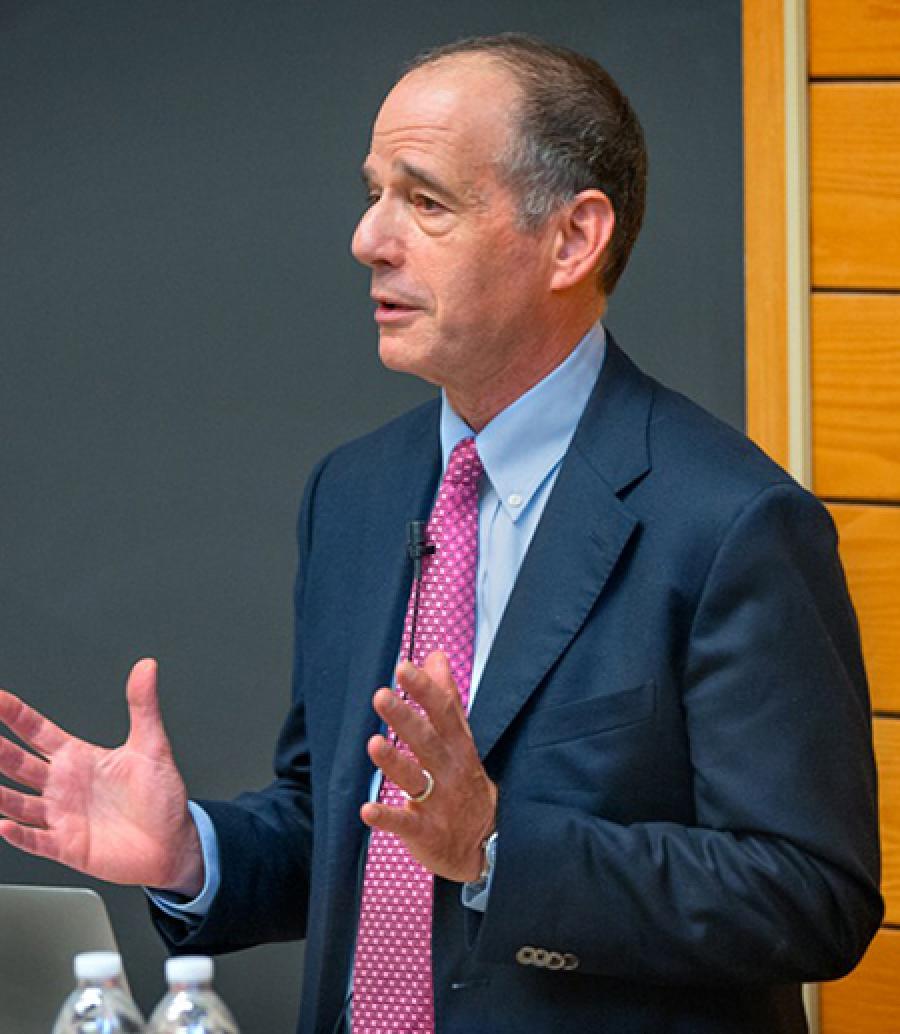
The award carries a stipend of $300,000; Strauss will receive the award at a ceremony on May 29 in Washington, D.C.
Read more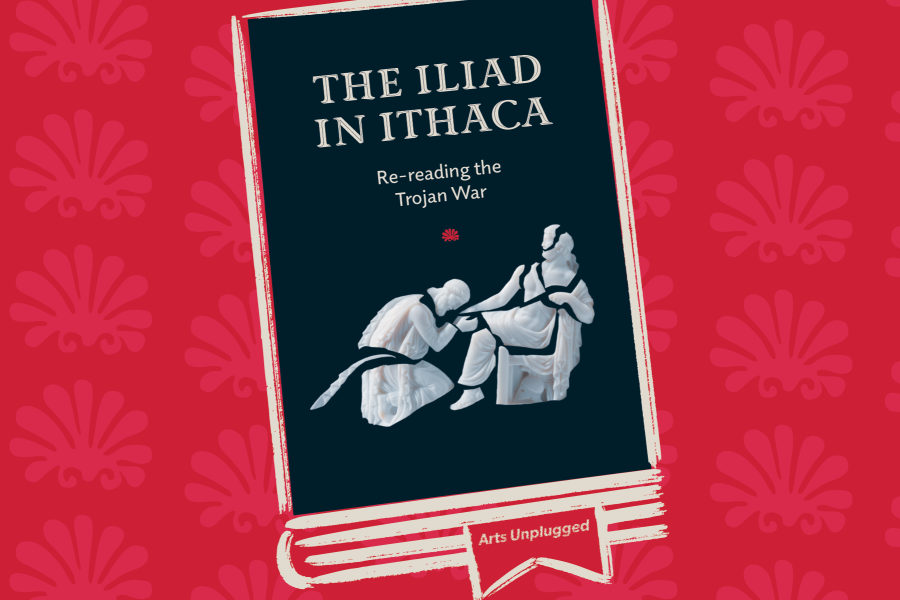
A virtual event with translator Emily Wilson and a daylong community reading of portions of Homer’s epic poem highlight the spring Arts Unplugged event.
Read more
Cornell experts comment on the restoration of Syria's damaged and looted historical sites.
Read more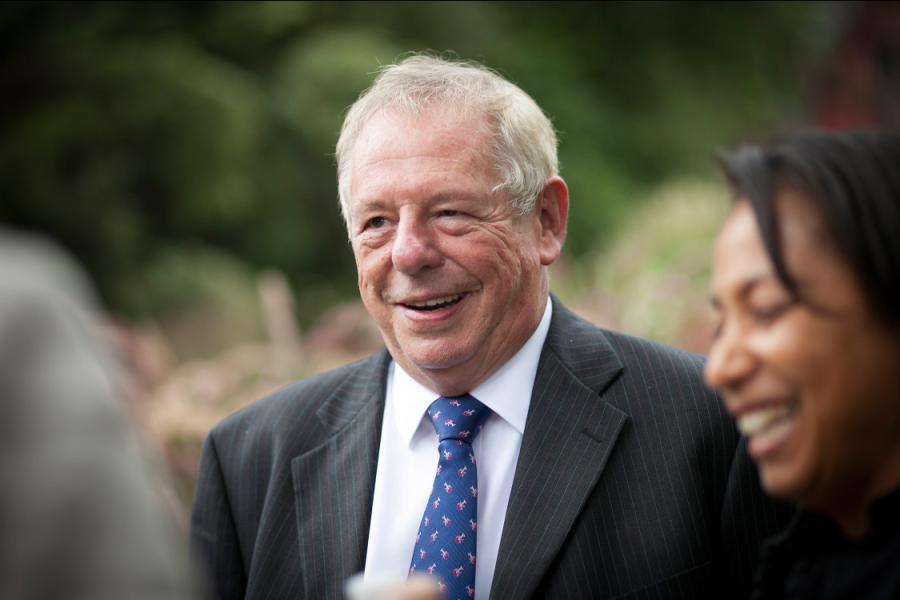
A scholar of Greek and Roman epic and drama and the intellectual history of Greece and Rome, Ahl was a member of the Cornell faculty for more than 52 years.
Read more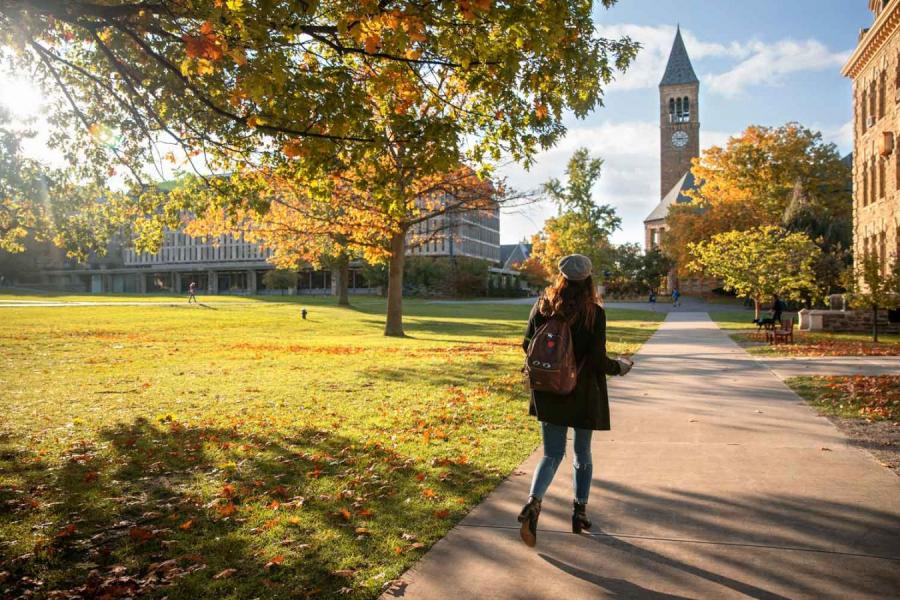
Max Nam '26 advises Cornell students to take a Classics course and discover the relevancy and relatability of ancient Rome.
Read more
Fellows will pursue research in the sciences, social sciences and humanities.
Read more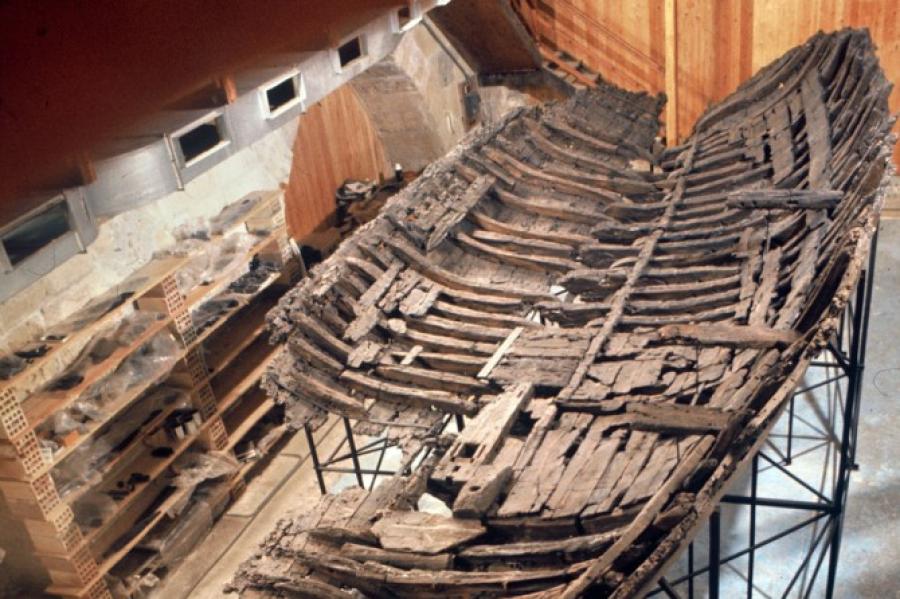
Sturt Manning, received the P. E. MacAllister Field Archaeology Award at the Annual Meetings of the American Society of Overseas Research (ASOR) in Boston in November.
Read more